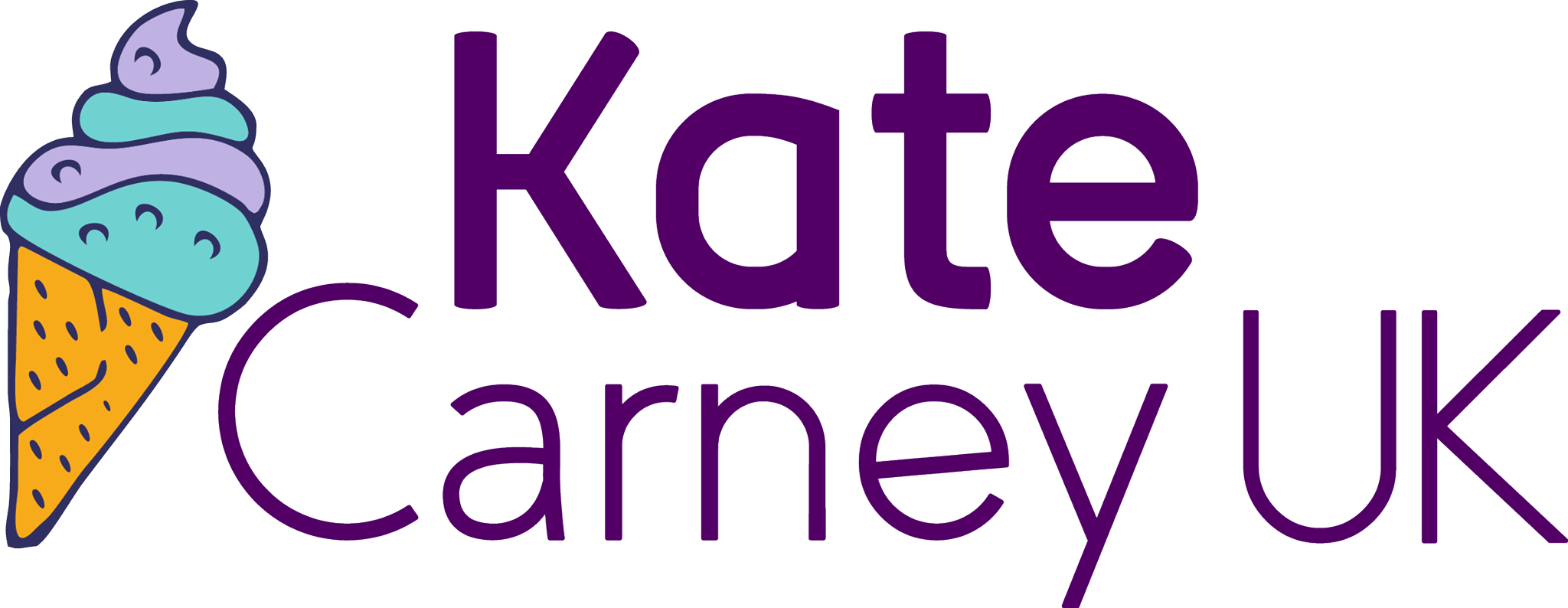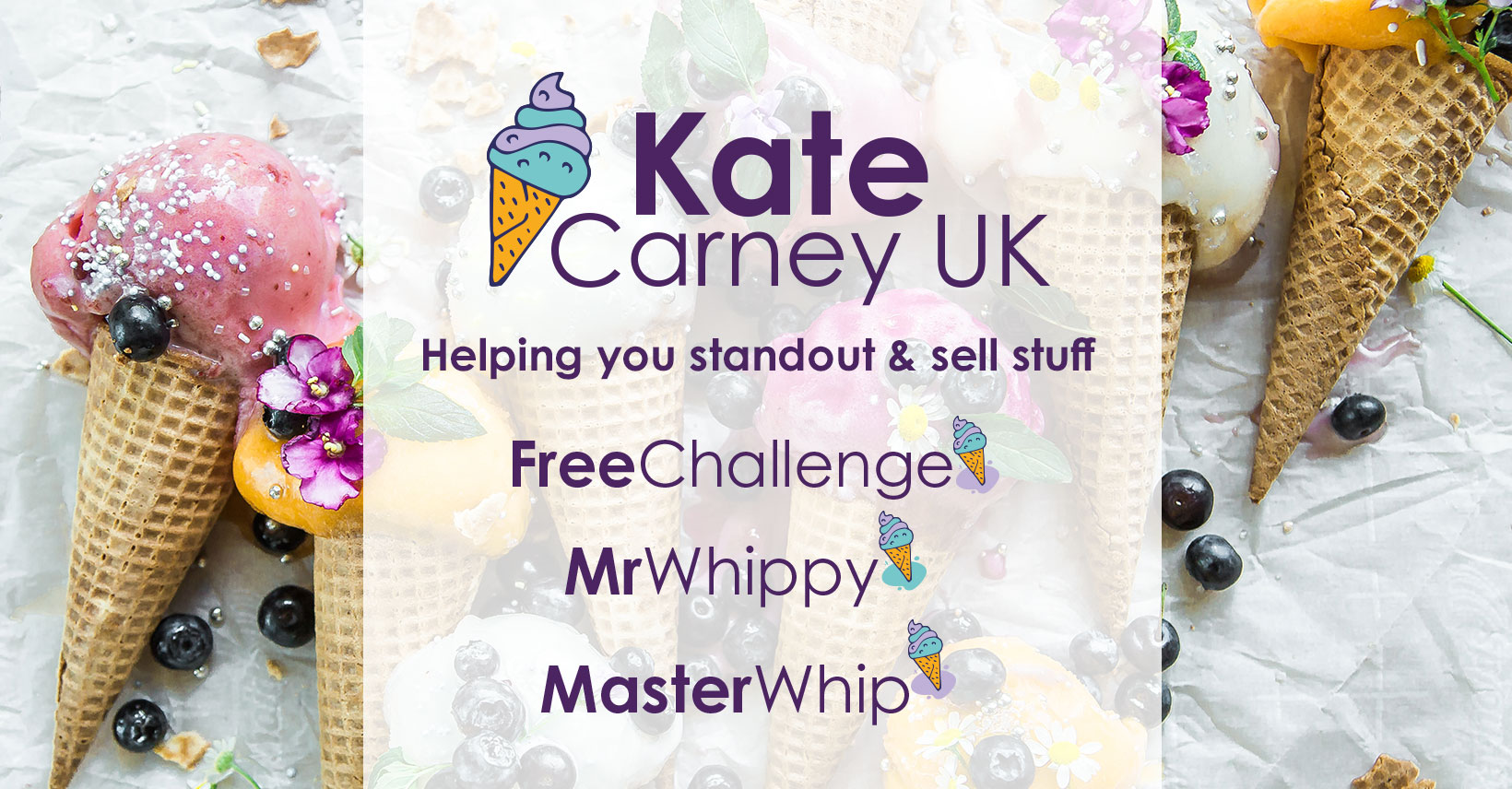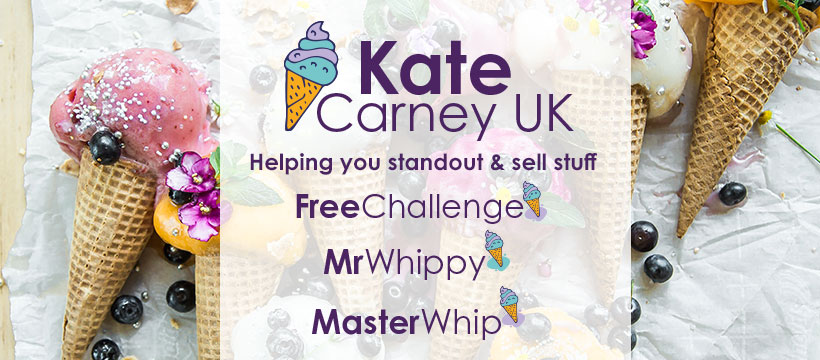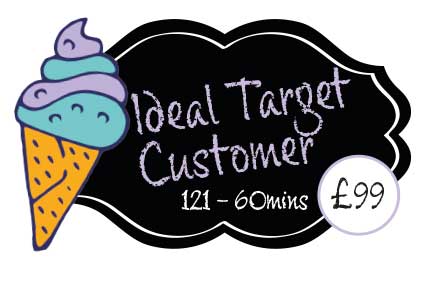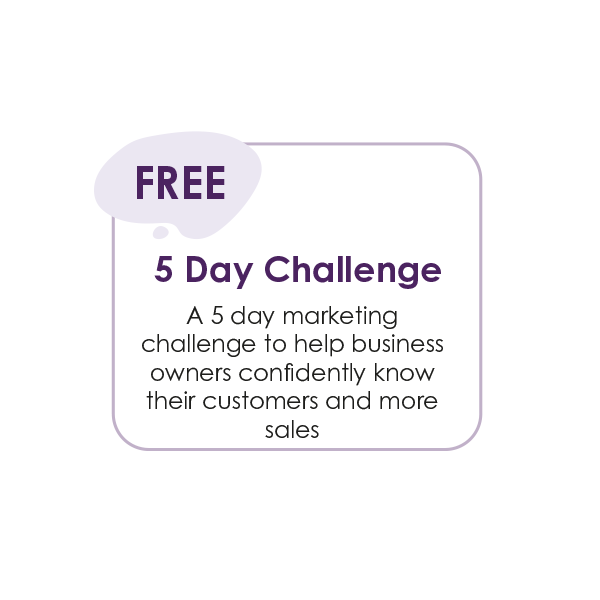‘Sales’ is not a dirty word. How to make selling easier.
Question. Do you enjoy selling?
I’m going to bet that the answer will be a resounding no from a lot of readers. But I’m here to tell you that it doesn’t have to be as excruciating as you might think.
We can all agree that selling is important can’t we? I mean let’s face it, without sales, we don’t have a business. So if we want to build our business and be able to invest in it and grow it, we need to have the confidence to sell.
What’s the big fear when it comes to selling then? Something I hear all the time is that people don’t want to be seen as ‘pushy’ or ‘money grabbing’ or that they feel they’re just not confident enough.
I want to unpick those fears for you and give you some tips to make selling feel more natural.
You can sell, even if you don’t feel that confident.
Yes it’s true. To sell effectively you do need confidence. But I’m not necessarily talking about ‘karaoke queen’ confidence or ‘owning a room’ confidence. Having a quiet and assured inner confidence in your product or service can work just as well. Better in fact.
Knowing your product or service inside out, what it’s features and benefits are, why it is appropriate for your customer and the value it brings will give you all the confidence you need to sell successfully.
Have a pitch
What do you say when people ask you what you do? Do you freeze, stutter, break out in a cold sweat? To make sales, you’re always going to have to talk about yourself and your offer, whether that’s in front of a room of people at a networking event, online, or with individual clients. This is where a well thought out and rehearsed ‘elevator pitch’ will reap rewards for you. An elevator pitch is a 60 second pitch about yourself and your business which tells people in a nutshell, who you are and how you can help them.
If you need help crafting your elevator pitch you can get my £5.99 video here.
Be clear
Clarity is super powerful when it comes to sales. Be clear in your messaging right from the start of your customers journey. Be clear about your offer and its benefits, and be clear in your packaging and pricing. Remember the ultimate goal is to make it easy for our customers to buy from us, and easy for us to sell to them.
Show your human side
Authenticity is a bit of a buzzword at the moment isn’t it? But it is important and it works. Showing your vulnerabilities makes it easier for your customers to connect with you and gives you credibility. Now, I’m not telling you to go all out with the sob stories here. But it’s absolutely fine, great in fact, to talk about your experiences and how they have shaped you. Why do you do what you do? What drives you to offer your product or service. Tell your customers a story – they will love it.
Don’t be afraid to talk about times when things haven’t gone to plan either. Admitting you’ve made mistakes and talking about how you overcame them will help people to know, like and trust you – which is absolute gold.
Consistency, consistency, consistency
Have you ever heard the saying ‘your brand is what other people say about you when you’re not in the room’? Well, Jeff Bezos said that and he knows a thing or two about business. He’s the founder of Amazon. And it’s so true. Your brand is more than your logo and some pretty colours and fonts. It’s the very heart of your business right down to your core values. The way you speak and present your product should reflect this across every platform and in every communication with your customers. There’s no point in investing in email, landing pages or really anything else, if your brand and message isn’t consistent across the whole lot.
Customers need to be assured that you are as good as you say you are and that you are serious about your business and serious about offering a good service. When messaging isn’t consistent, confusion and doubt can set in. Not good.
How much should you promote yourself?
I get this question alot. Social media makes it much easier to speak to our target customers, and the temptation is there to bombard them with information about our products and requests for them to buy buy buy! But remember that people can unlike, unfollow and even block. Eek. The key is to add value. Nobody likes to be hard sold to. To keep your customers engaged and interested you need to be sharing content which is giving them value. Think about content which is entertaining, educational, interesting and relevant.
There’s no magic formula, but think about a ratio of around 85% value added content and 15% promotional content.
The close
This is where it gets scary isn’t it. You need to ask the question. ‘Would you like to work with me?’ ‘Would you like to buy?’. But, if you have confidence in your offer and you have worked on building a relationship with your customer and listening to their needs, you’ve nothing to be afraid of. Really. It’s not pushy, it’s not money grabbing. You are making an offer. Not everyone will say yes, and that’s ok. Some people may say no now and then say yes later. Some people may never say yes. But some people will and ultimately, sales is a numbers game. The more people you speak to, the more opportunities you create for people to say yes to you. But you have to ask the question.
So remember, to win in sales, be confident, be clear, be consistent, tell stories, build relationships and have conversations with your customers.
And then ask them: ‘Would you like to work together?’
Don’t forget to head over to my free Facebook group for loads of help and advice including daily live videos from me – I’d love to hear from you and how you get on with putting this advice into practice.
So, with all of this in mind… would you like to book a 121 Mr Whippy with me? 😉
Love Kate xx
